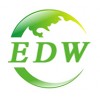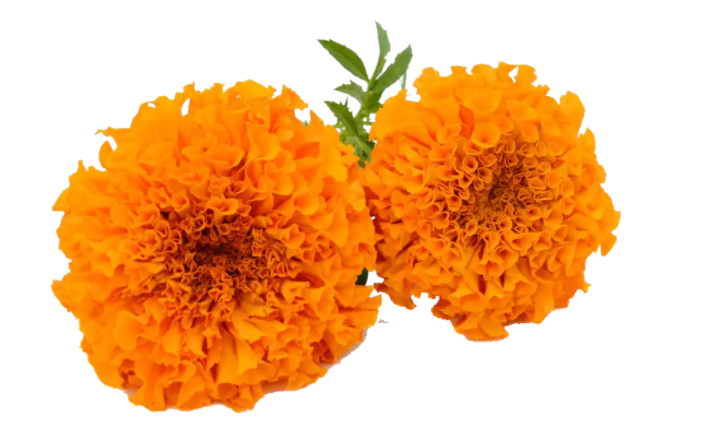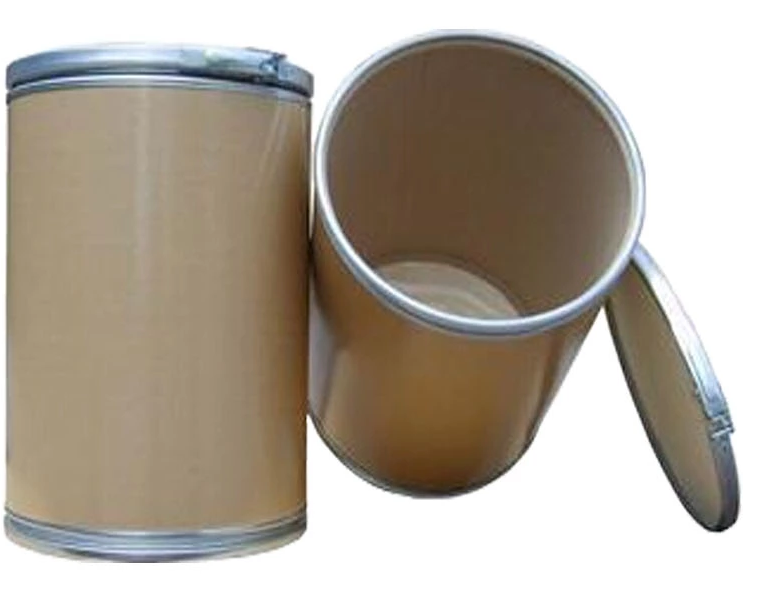Business Type:Manufacturer
Country/Region:China
Ddu Verified
HOT Rank


Shaanxi EDW Biotech Co.,LTD.
We are professional supplier of Astaxanthin,marigold extract,anthocyanidins,lycopene,curcumin,fruit and vegetable powder,milk thistle extract,cyanotis arachnoidea extract,panax ginseng extract,cnidium
Business Type:Manufacturer
Country/Region:China
Ddu Verified
HOT Rank

Product Name: Marigold Extract
Latin name: Tagetes erecta L
Other name: Marigold flower extract, marigold extract, lutein, Zeaxanthin
Part Used: Marigold Flowers
Specifiction:1)Zeaxanthin 5%-60% HPLC powder Food grade
2)Lutein 5%-90% UV/HPLC
What is Natural marigold lutein,lutein zeaxanthin ?
Marigold is an annual herb. Origin in Mexico, currently in China's Heilongjiang, Jilin, Inner Mongolia, Shanxi, Yunnan and other places have large-scale cultivation. We produce all raw materials used in marigold planting base from Yunnan. Endemic soil and light conditions, making Marigold with fast growth, long flowering period, high yield and good quality, ensure a steady supply of raw materials, production of high yield, low production costs.
Lutein also known as plant progesterone,is a natural pigment widely present in the banana ,kiwi,corn and marigold. Lutein is a kind of carotenoid . Lutein have very complex structures,currently can not be synthesized by manual . Lutein can be only extract from plants. Lutein after extract has very important application in the field of food and health. Because the human body can not produce lutein.So we can only In food intake or additional supplementary,so more and more attention has been paid. Lutein can protect eyesight,it is a good food colorant,can regulate blood lipids,has the role of blockage of the arteries,and can fight cancer.
Lutein is a natural part of human diet when fruits and vegetables are consumed. For individuals lacking sufficient lutein intake, lutein-fortified foods are available, or in the case of elderly people with a poorly absorbing digestive system, a sublingual spray is available. As early as 1996, lutein has been incorporated into dietary supplements. While no recommended daily allowance currently exists for lutein as for other nutrients, positive effects have been seen at dietary intake levels of 6–10 mg/day. Lutein, a potent antioxidant, is used to prevent severe visual loss in patients with early age-related macular degeneration (AMD), but its effect on I/R insult is unclear.
Lutein is also used as a food colouring agent and nutrient supplement (food additive) in a wide range of baked goods and baking mixes, beverages and beverage bases, breakfast cereals, chewing gum, dairy product analogs, egg products, fats and oils, frozen dairy desserts and mixes, gravies and sauces, soft and hard candy, infant and toddler foods, milk products, processed fruits and fruit juices, soups and soup mixes in levels ranging from 2 to 330 mg/kg.
(1)Applied in food field, it is mainly used as food additives for colorant and nutrient.
(2)Applied in pharmaceutical field, it is mainly used in vision care products to alleviate visual fatigue, reduce incidence of AMD, retinitispigmentosa (RP), cataract, retinopathy, myopia, floaters, and glaucoma.
(3)Applied in cosmetics, it is mainly used to whitening, anti-wrinkle and UV protection.
(4)Applied in feed additive, it is mainly used in feed additive for laying hens and table poultry to improve the color of egg yolk and chicken. Make high commercial value fishes more attactive, such as salmon, trout and spectacular fish.

